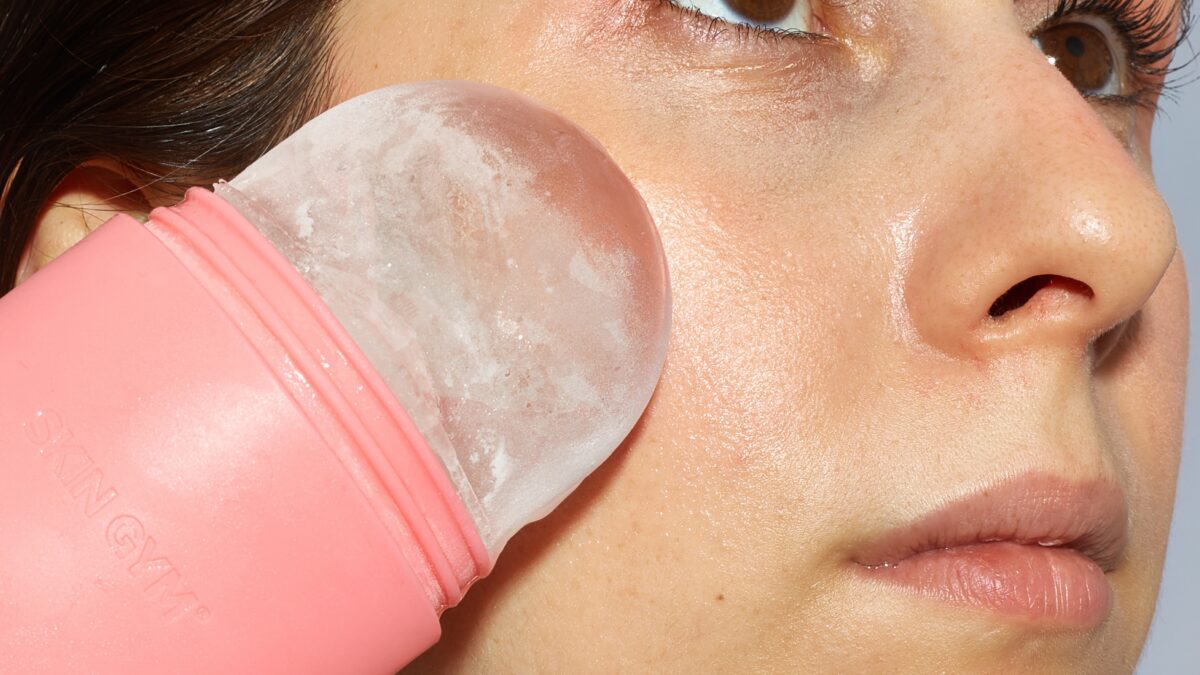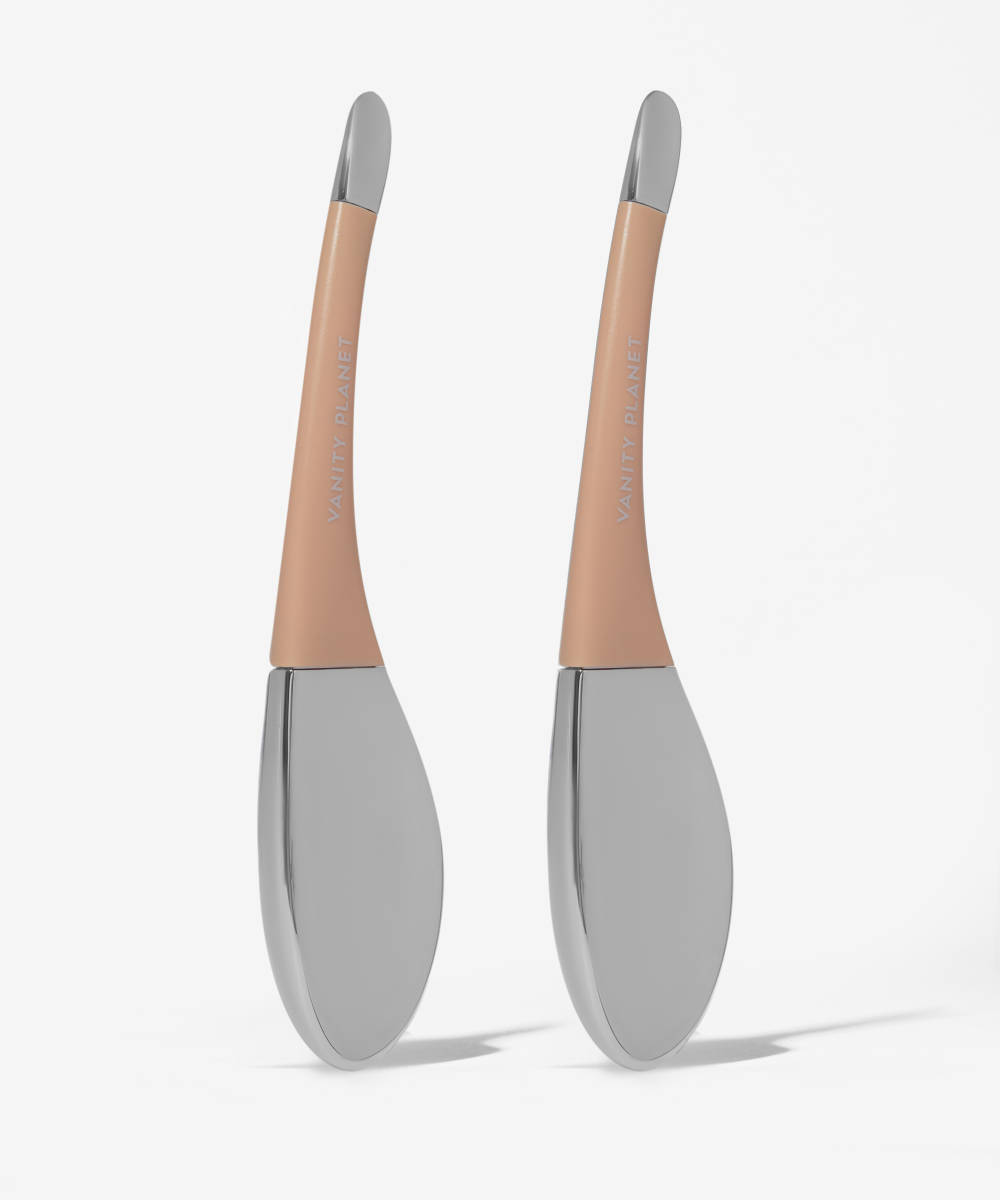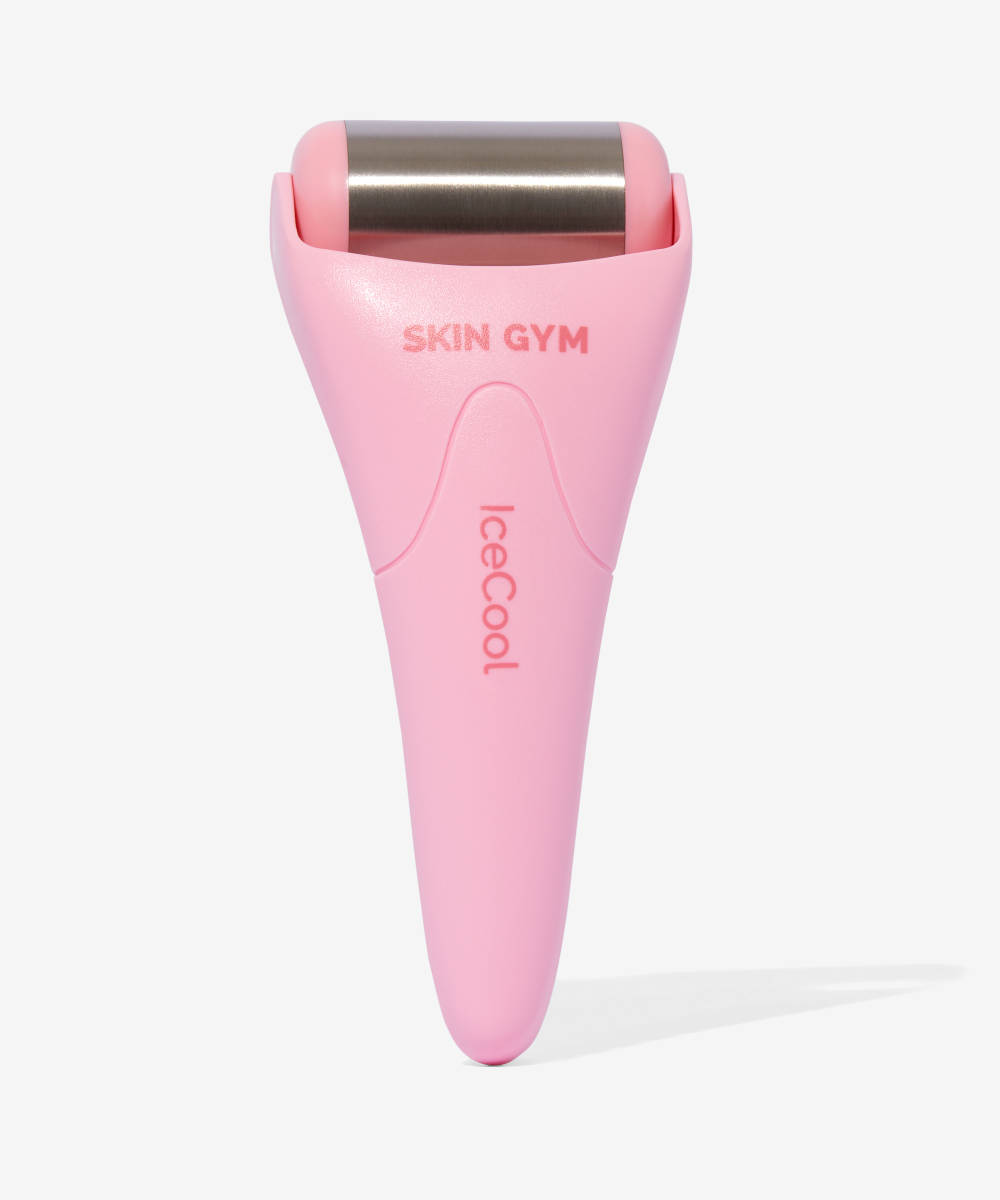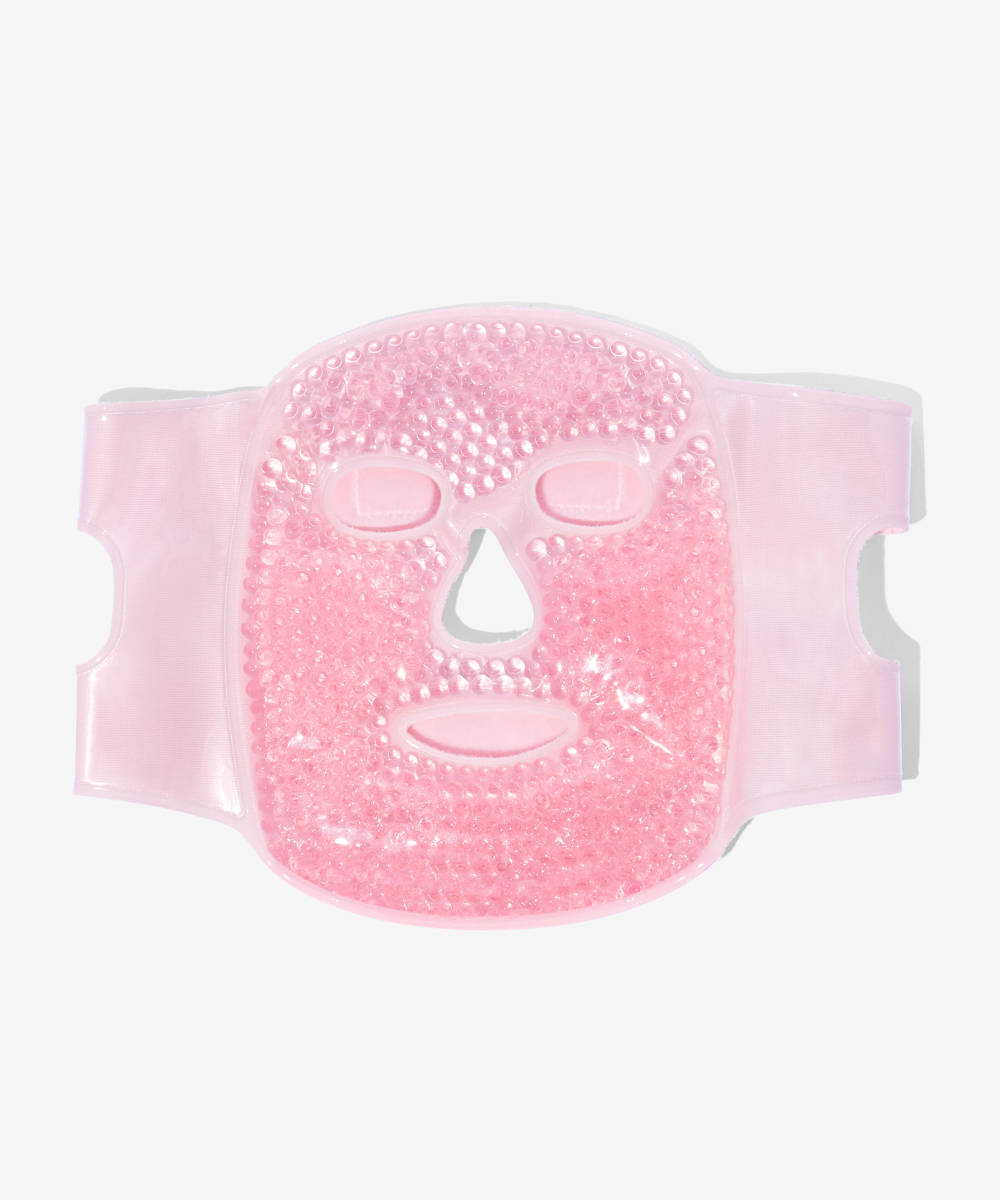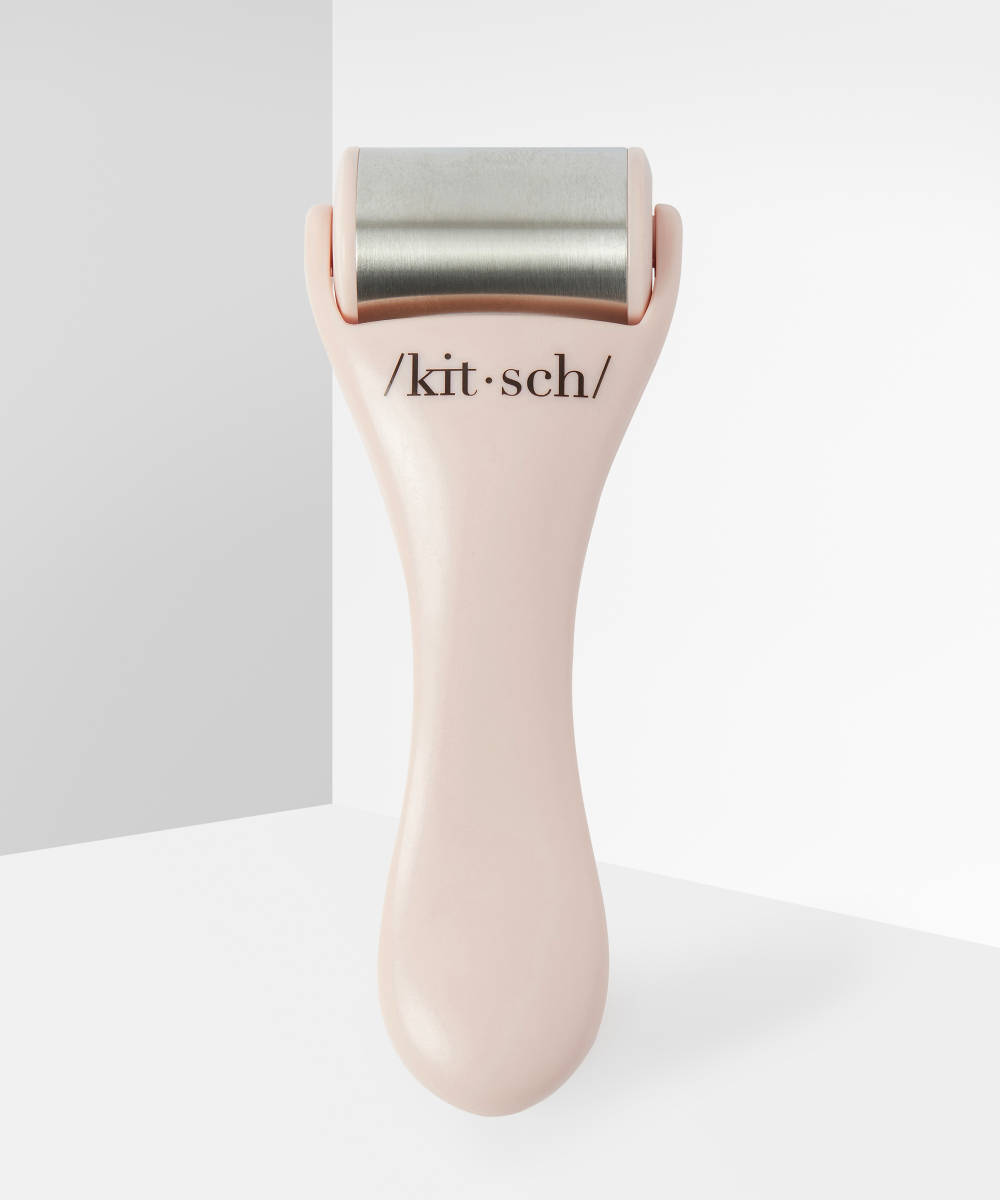Hey Grace,
Skin icing is all over my TikTok FYP, however people seem to be very divided about whether or not it’s good for your skin. I’d love to know your thoughts!
Anjali
You’re right, skin icing really does seem to have taken over skincare TikTok, and yes, it is a divisive subject. For every person raving about its benefits (from reducing puffiness to soothing breakouts), there’s someone claiming that they’ve experienced ice burn. My take on it is that, like many skincare trends, it’s totally safe and effective if used correctly—but like anything, there will be disadvantages to using it incorrectly.
Despite the fact that this trend has gained popularity in recent months, the concept of skin icing and cryotherapy in skincare has actually been around for a long time. The most basic form of skin icing involves massaging ice cubes over the skin, but using cryo tools like ice globes and ice rollers, refrigerating your sheet masks, or soaking your face in a bowl of iced water can have the same effect. Below, I’ve covered the benefits of skin icing along with some of the potential side effects.
What are the benefits of skin icing?
If you’ve ever used a bag of frozen peas to soothe a swelling or injury, that’s because cold temperatures reduce inflammation in the body. The same principle applies to your skin, so if you’re experiencing an inflammatory skin condition like acne or rosacea, skin icing can help to reduce the pain, swelling, and redness of your breakouts or flare-up.
You may also have experimented in the past with frozen teaspoons or cold cucumber slices on your eyes when they’re feeling tired and looking puffy. Cold temperatures stimulate blood circulation and shrink blood vessels which reduces swelling—it’s particularly effective in the under-eye area.
What are the side effects of skin icing?
Skin icing too often or leaving ice in one place for too long can cause burns and even nerve damage. To prevent this from happening, ensure that if you’re using an ice cube or frozen tool you’re moving it quickly over skin and not holding it still.
How often should you ice your face?
Skincare experts advise against icing your skin more than once a day or for more than ten minutes at a time.
How should you ice your skin?
Cleanse your skin before icing and ensure that any tools you’re using are also clean before use. If you’re using an ice roller or globes, move them across your face in gentle outwards movements, focusing on areas where you notice skin puffiness. Hold your tool or ice cube over breakouts for a few seconds to reduce their swelling, and if you are using an ice cube, consider wrapping it in a cloth or plastic bag to reduce the risk of burn. Once you’ve finished, apply your serums, moisturiser, and SPF as usual.
